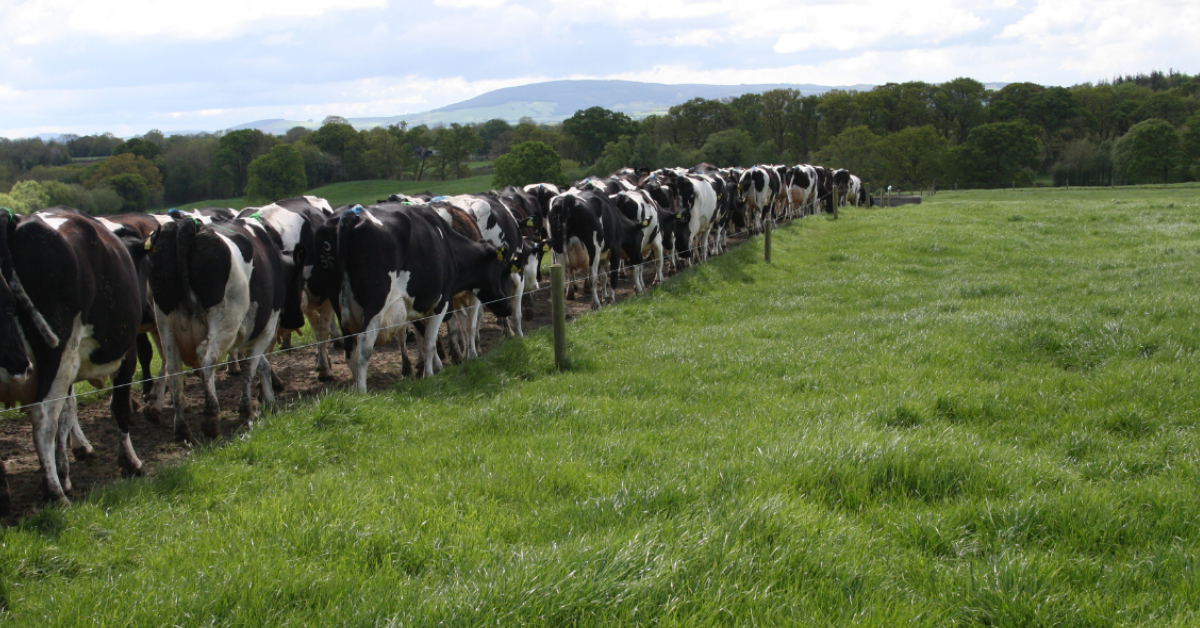After several dry weeks, grass growth rates are steadily improving following rainfall in mid to late June. However, the nationwide recovery is projected to take some time. Grass quality remains a recurring issue with many herds, resulting in a slip in milk solids/output. Poor spring graze outs in challenging conditions, coupled with moisture stressed grass, has made life difficult in yards over the past month.
In dry conditions, the grass plant starts to enter survival/reproductive mode, throwing out a seed-head and excessive stem rather than leaf, even at low covers. During these periods, it’s important to hold rotation length to 20-25 days and AFC to 700-800kg DM/ha (minimum threshold of 500kg DM/ha) to support growth rates.
Not a time for waste
But it is not a time for waste as residuals of 4cm must be achieved in order to have high quality swards coming back into the rotation when growth rates are rectified. Where reseeds are struggling, graze lightly to encourage tillering. Walking grass once or twice weekly to calculate grass availability remains essential. With a typical spring calving herd, once peak has passed, average milk yield decline should be no greater than 2.5% per week after peak milk yield is normal.

Where grass quality is poor and/or silage is reintroduced, be mindful to cover the cow’s energy requirements (especially where forage quality is low) by increasing concentrate supplementation where an energy deficit occurs, until grass quality and quantity increases. Reduced energy density will result in falling milk protein and reduced milk output.
Taking stock in yards
It seems early to be thinking about this winter but with first cuts completed, very little surplus bales taken in the year to date and a prolonged winter/spring, planning for winter forage reserves is essential. Consider how much second/third cut is necessary, relative to your requirement, along with other alternative strategies. With later cuts, the temptation of chasing bulk is natural where reserves are low. It is easier, and cheaper, to stretch high quality silage rather than feeding alongside poor-quality silage this winter.
For more information contact your local Agritech Sales Advisor.

